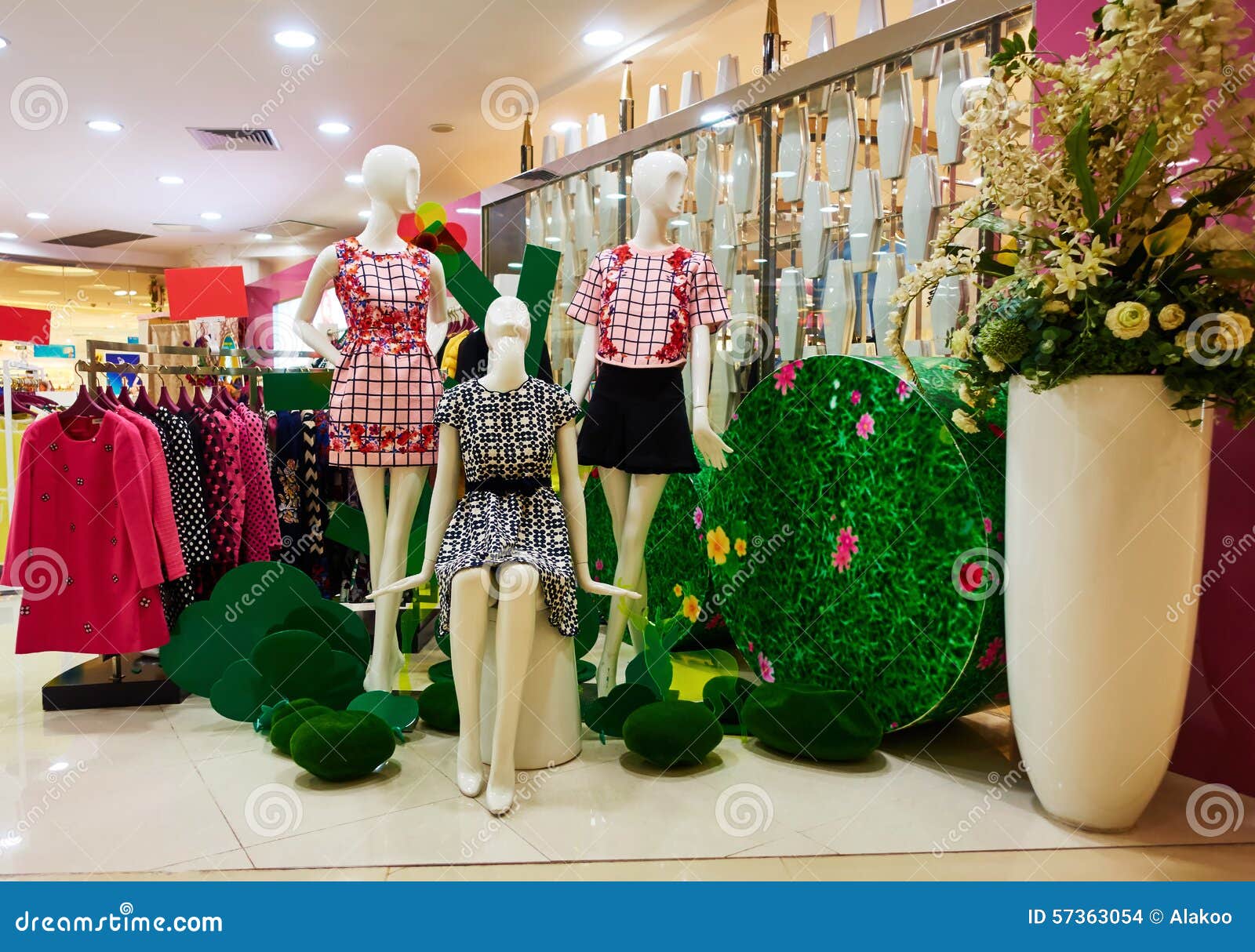Leading 10 Must-Have Item from Your Favorite Boutique Fashion Shops
Leading 10 Must-Have Item from Your Favorite Boutique Fashion Shops
Blog Article
A Deep Study the World of High-Fashion Runways: Understanding Clothing as Art
Developers, much like masterful artists, weave elaborate stories through type, shade, and material, challenging standard norms and redefining charm requirements. As we check out these sartorial spectacles, we must contemplate: what function does fashion play in shaping societal worths, and how does it reflect the ever-changing tapestry of human feeling and identification?
The Development of Runway Shows
The trajectory of runway programs has changed considerably over the decades, developing from unique market occasions to captivating spectacles that mix style with art. Typically, runway programs made love events, held in ateliers or small venues, largely attended by buyers and sector experts. These early presentations concentrated on the garments' workmanship and business practicality, providing a functional and direct display screen of seasonal collections.
As the style sector increased, the nature of path programs started to alter. The 1970s and 1980s noted a transforming factor, with developers seeking to distinguish themselves via more theatrical discussions.
Over the last few years, innovation and social networks have additionally reinvented path shows, making them available to a global target market. Livestreaming and electronic systems have equalized fashion, enabling enthusiasts worldwide to witness these events in real-time (boutique fashion). This advancement reflects a broader social change, where high-fashion paths work as a dynamic intersection of performance, design, and development
Designers as Visionary Artists
How have designers transcended their duties to become visionary musicians? Designers in the high-fashion sector have actually obscured the lines between practical garment creation and the theoretical world of art. This makeover is obvious in the means they approach their collections, not simply as garments however as extensive expressions of identification, feeling, and society. By welcoming creative disciplines such as sculpture, paint, and progressive installations, designers craft garments that test typical style norms and raise them to art kinds.
Visionary developers draw inspiration from a myriad of sources, consisting of abstract art, historical references, and personal narratives. They possess a special capacity to envision and appear concepts that press the limits of conventional style, frequently redefining visual standards in the procedure. This creative ingenuity is showcased via dramatic silhouettes, ingenious products, and elaborate workmanship, which welcome viewers to experience fashion as greater than simply wearable items.
In addition, the runway acts as a canvas for these musicians, where lights, songs, and established layout coalesce to develop immersive experiences. These presentations are not merely display screens of clothes however are coordinated efficiencies that stimulate emotion and prompt thought, attesting the developer's function as a real musician in the modern cultural landscape.
Social Influences in Fashion
Social tapestry weaves its detailed patterns right into the textile of fashion, influencing designers around the world. The vibrant interchange of cultural tales, practices, and icons notifies and motivates collections that elegance high-fashion runways. Designers carefully draw from their heritage or engage with cultures distinctive from their very own, crafting garments that function as aesthetic stories. This social dialogue not only enhances the aesthetic diversity but also cultivates a much deeper understanding and admiration of worldwide identities.
The influence of society on fashion is often seen in the reinterpretation of traditional garments and patterns. For example, the use of Japanese robes, Indian saris, or African prints in contemporary fashion reflects a mix of social authenticity and modern appearances. Developers such as Valentino's Pierpaolo Piccioli and Alexander McQueen's Sarah Burton have actually been understood to include rich cultural concepts right into their couture collections, converting background right into wearable art.

Technology in Fabric and Design
Technology in fabric and style constantly improves the landscape of high-fashion, pushing borders and redefining opportunities. In recent times, technical innovations have significantly contributed to this evolution, introducing materials that challenge typical assumptions. Textiles embedded with smart fibers, with the ability of altering color or regulating temperature, are no more constrained to the realm of sci-fi. Designers are increasingly exploring the assimilation of these details modern technology, such as 3D printing, which permits for the creation of intricate frameworks that were previously unbelievable.
Furthermore, sustainability has actually come to be a crucial motif in material development. The apparel industry is seeing a surge in the use of green materials, obtained from recycled plastics, natural fibers, and also biodegradable elements. These developments not only use brand-new textures and aesthetic appeals but likewise address important environmental concerns. Developers are accepting these materials to craft garments that are both mindful and visually striking of their environmental impact.
In terms of design, experimental types and progressive shapes are continually reinventing the path. By including cutting-edge strategies and unusual products, developers grow garments that blur the line in between fashion and art, setting new criteria for imagination and expression in the high-fashion sphere.
Impact of Style on Culture
Style wields an extensive impact on culture, functioning as both a representation of cultural identity and a stimulant for social modification. Through my company its evolution, style has mirrored societal changes, enveloping the zeitgeist of various periods. As an example, the flapper dresses of the 1920s personified a newfound sense of females's liberation, while the strong prints of the 1960s resembled the revolutionary spirit of the moment. High-fashion paths, specifically, function as platforms for challenging norms and redefining elegance standards. Designers make use of these locations to attend to pushing social issues, from sustainability to diversity, therefore forming public discussion.
Furthermore, fashion has the power to bridge social gaps, fostering understanding and recognition amongst diverse groups. As globalisation increases, the cross-cultural exchange of fashion concepts ends up being significantly substantial, promoting inclusivity and variety. The rise of streetwear, stemming from metropolitan subcultures, highlights exactly how fashion can transcend socio-economic limits, providing individuals a way of self-expression and empowerment.
Basically, fashion is not simply concerning aesthetics; it is a vibrant pressure that affects values, attitudes, and social progression (boutique fashion). By continuously connecting with social and social currents, style stays an indispensable component of the collective human experience

Verdict
Developers, comparable to visionary artists, orchestrate collections that reflect identity, feeling, and cultural narratives, testing standard visual appeals. This crossway of style and creativity not just captivates audiences around the world however also affects societal perceptions and hop over to these guys advertises a much deeper appreciation for social diversity.

Cultural tapestry weaves its elaborate patterns into the material of fashion, influencing developers globally.Style possesses a profound impact on culture, serving as both a representation of cultural identification and a stimulant for social modification.
Report this page